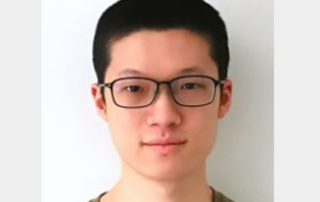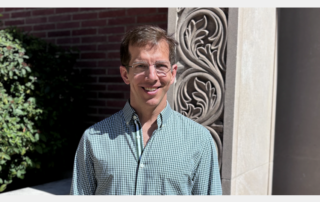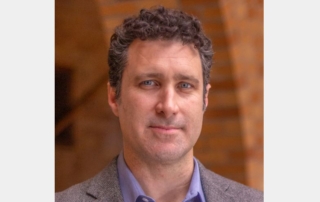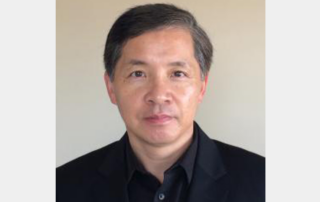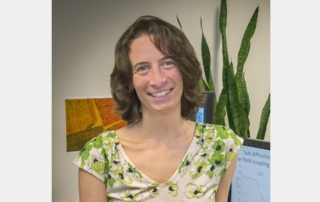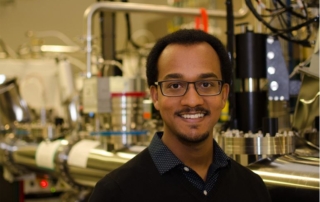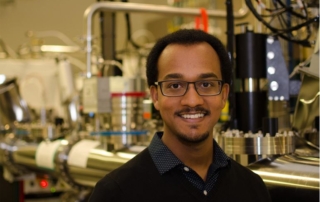Congratulations to Yueyun Chen for Receiving the 2025 Castaing Award for Best Student Paper from M&M
Congratulations to Yueyun Chen, a graduate student in Chris Regan’s group, for receiving the 2025 Castaing Award for Best Student Paper from Microscopy & Microanalysis!
